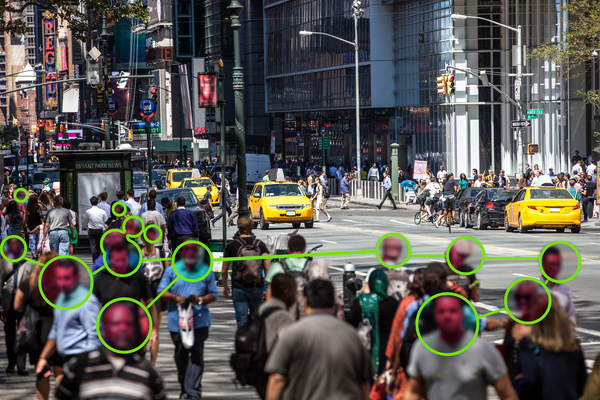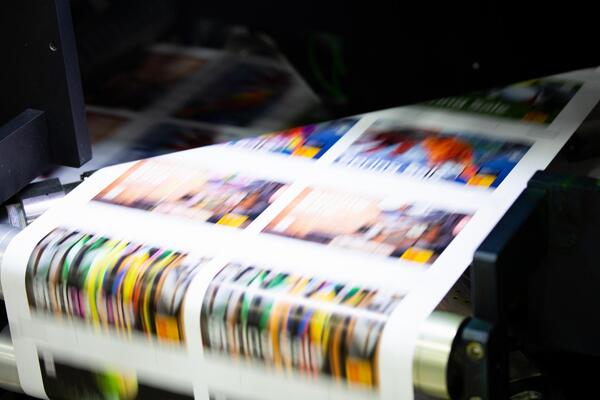Digital twins for smart places
Sponsored by IET
by Chris Cooper, Director, KnowNow Information Ltd, Simon Evans, Director, Digital Engineering at Atkins, Cristina Savian, Managing Director, BE-WISE and Allan Burns, Director, Telemental
Current global population trends indicate that by 2050, more than 80 per cent of us will live in congested urban areas. If we simply scale our current ways of living and operating, we will face disaster. An alternative approach is to use a digital twin of a place – a replica that can be used for testing ideas before unleashing them on the real thing. The digital twin will help city leaders, planners, citizens and visitors better manage resources by gaining a clearer understanding how their actions impact the world around them.
Yet digital twins will not simply materialise – development requires nurturing and targeted “plugging in” to the surrounding environment. We must start by understanding purpose, and only then can we identify the data required to deliver that purpose. Twin development is a journey that will take time, effort and a lot of collaboration.
In partnership with Atkins, the IET recently published a whitepaper on digital twins for the built environment. The paper introduced an industry-agnostic maturity spectrum to help communicate the complex concept and explain benefits along the development journey.
The reality is that most places will currently be hovering around Elements 0 and 1. The digital interaction required for Element 2 (taking into account time and cost) is limited to district level projects at this time. However, as smart places engage with the IT required to derive digital twins from conventional places, Element 2 will become common across cityscapes.
Odd exceptions to this (like intelligent transport systems) are already using data to drive broad operational efficiency, but these tend to be single-mode, and service provider/asset focused. They are not really at Element 3, yet.
Element 4 is a step away from being truly smart. These places are starting to be thought of and even a few would consider themselves to be on a pathway to achieving this level. An example of this would be the latest 5G testbeds. This new infrastructure provides a two-way data channel and the opportunity to automate decisions based on mass data acquisition that a 5G network will enable.
Nirvana is the realisation of Element 5. Self-governing smart places ruled by principles and desired outcomes that have been agreed upon and set by citizens. When this happens, places will be interactive, sustainable, citizen-centric and outcome-focused.
What does the future hold?
An Element 5 smart place will be able to make predictions and operate autonomously – adapting city infrastructure in the event of floods, for example, by automatically redirecting traffic and turning road tunnels into storm drains. The role of the digital twin is essential to run simulations and encourage experiments of the various what-if scenarios.
Not all sunny uplands
Despite this, there are barriers to implementation. In the short term, these relate to the ownership and secure handling and management of data – especially against the backdrop of high-profile data breaches.
In smart places, the digital twin will always compete with its physical asset. The virtual replica needs to add value by supporting a reduction in overall costs, increasing efficiency and improving user experience and engagement. It can never deviate from reality or trust in the digital twin will be lost.
What’s next?
From a smart places perspective, the digital twin is just one aspect of a multi-faceted programme. The digital twin has to be relevant and provide value on an ongoing basis, hence it will need to grow in scope and function as the data, the outcomes and business value are defined.
Where to Start?
• Embrace the concept now. All new projects should adopt a digital twin approach. Project managers should reach out to digital twin leaders and explore how they can maximise return on investment. We must then guide stakeholders to preserve the value of the innovation, not lose it to blind “value engineering”.
• Respect the journey. The creation and management of a digital twin is a journey relevant to the entire project lifecycle. We should focus on purpose at each stage, understand the benefits of each milestone and expect value to increase along the journey.
• Collaborate. Overall success will only come through collaboration between government, industry, academia and society. We must all be actively involved in the conversation and push for industry standardisation.
• Regulate. Governments must take the lead and drive national policy to create shared frameworks and ecosystems.
• Get out of silos. We must learn from each other and contribute to a common good, working collectively to meet global challenges.
• Be sustainable. Adopting a digital twin approach now will enable society to make the necessary shift to more sustainable operations.
In conclusion
Ultimately, digital twins provide us with an opportunity to improve the environment where we all live and work. Their form and formats are yet to be fully developed, but it’s already possible to appreciate the benefits that could be realised.

Business Reporter Team
Most Viewed
23-29 Hendon Lane, London, N3 1RT
23-29 Hendon Lane, London, N3 1RT
020 8349 4363
© 2024, Lyonsdown Limited. Business Reporter® is a registered trademark of Lyonsdown Ltd. VAT registration number: 830519543
Join the Business Reporter community today and get access to all our newsletters, and our full library of talk show episodes
Join the Business Reporter community today and get access to all our newsletters, and our full library of talk show episodes





